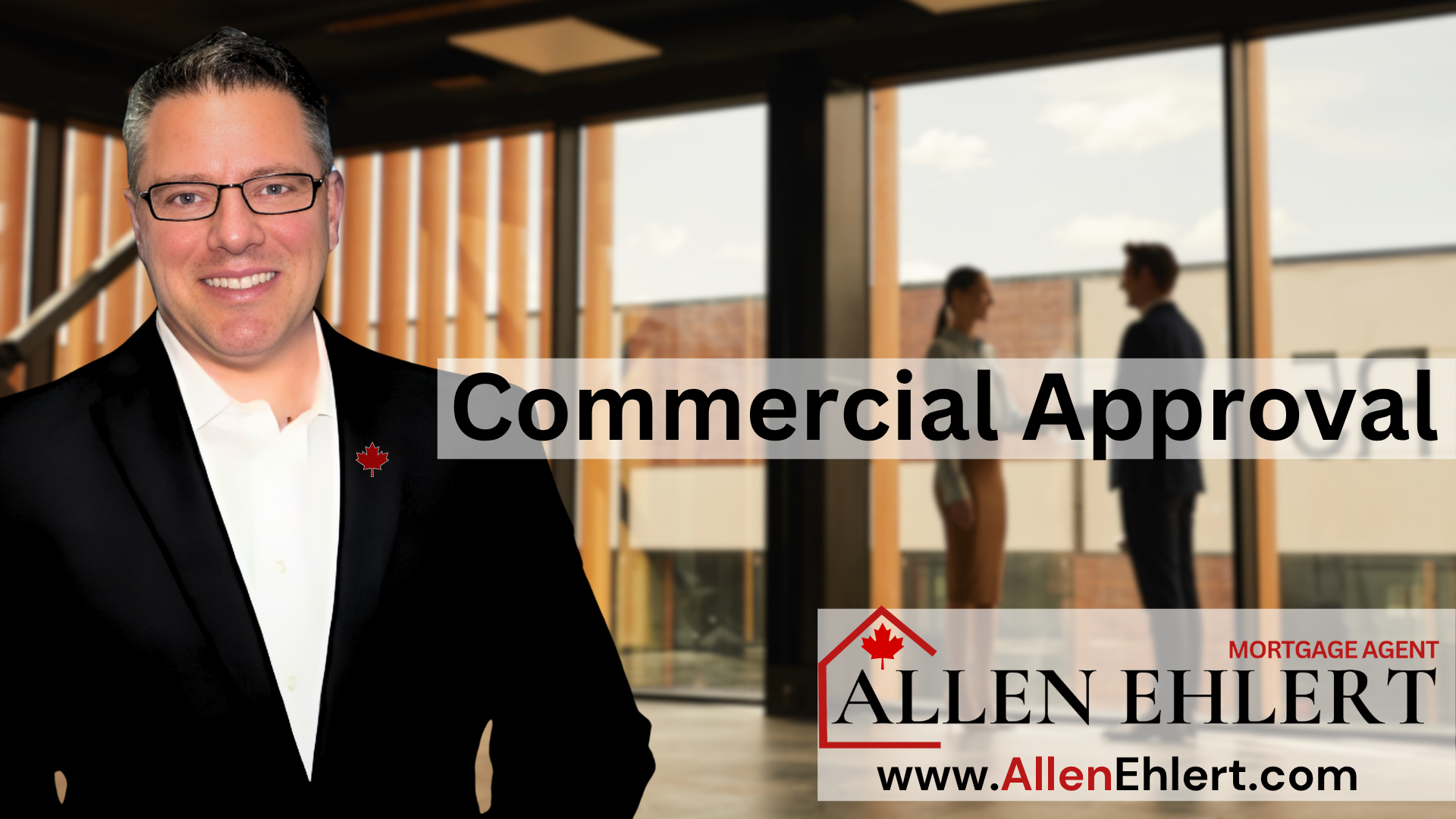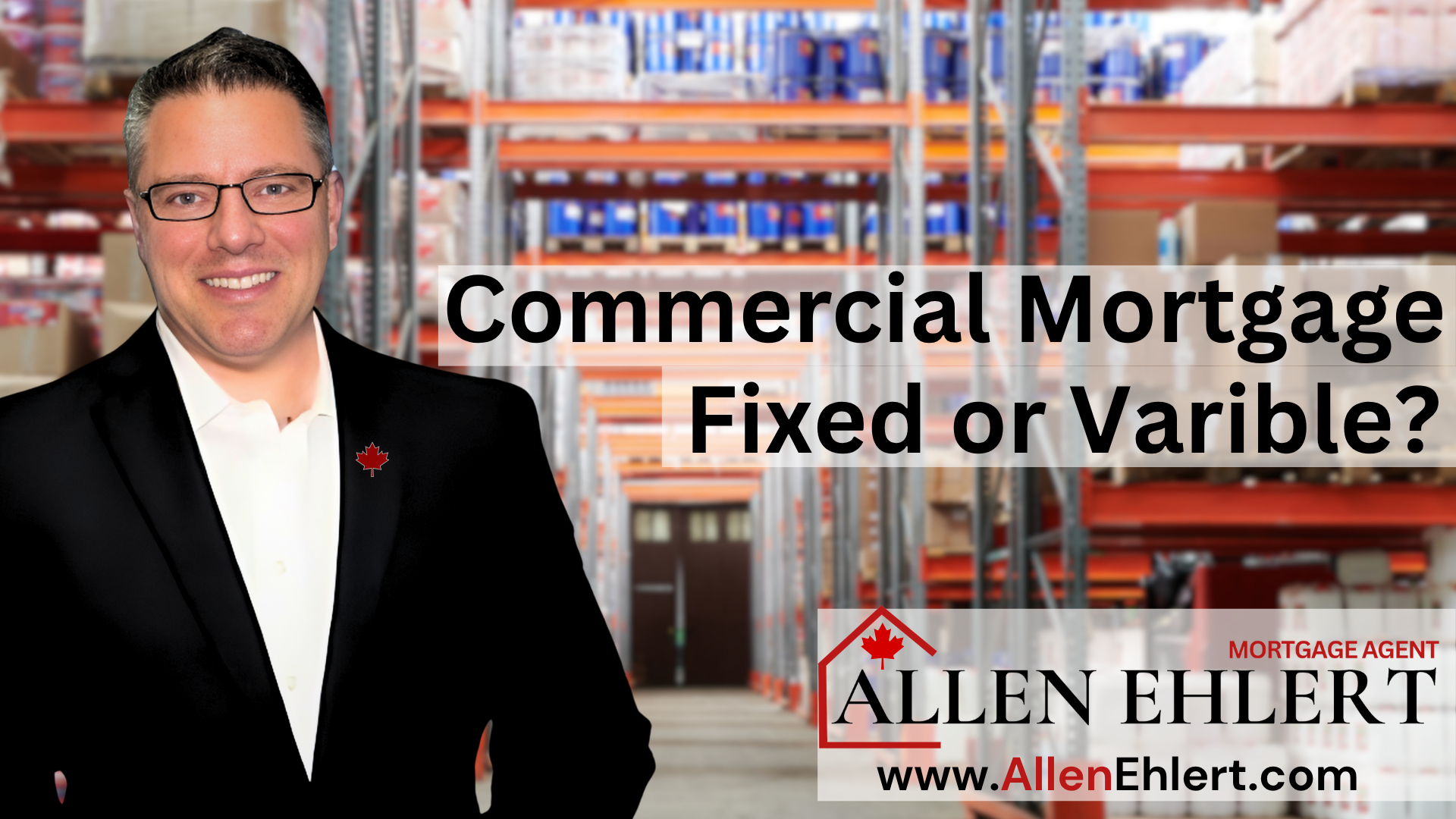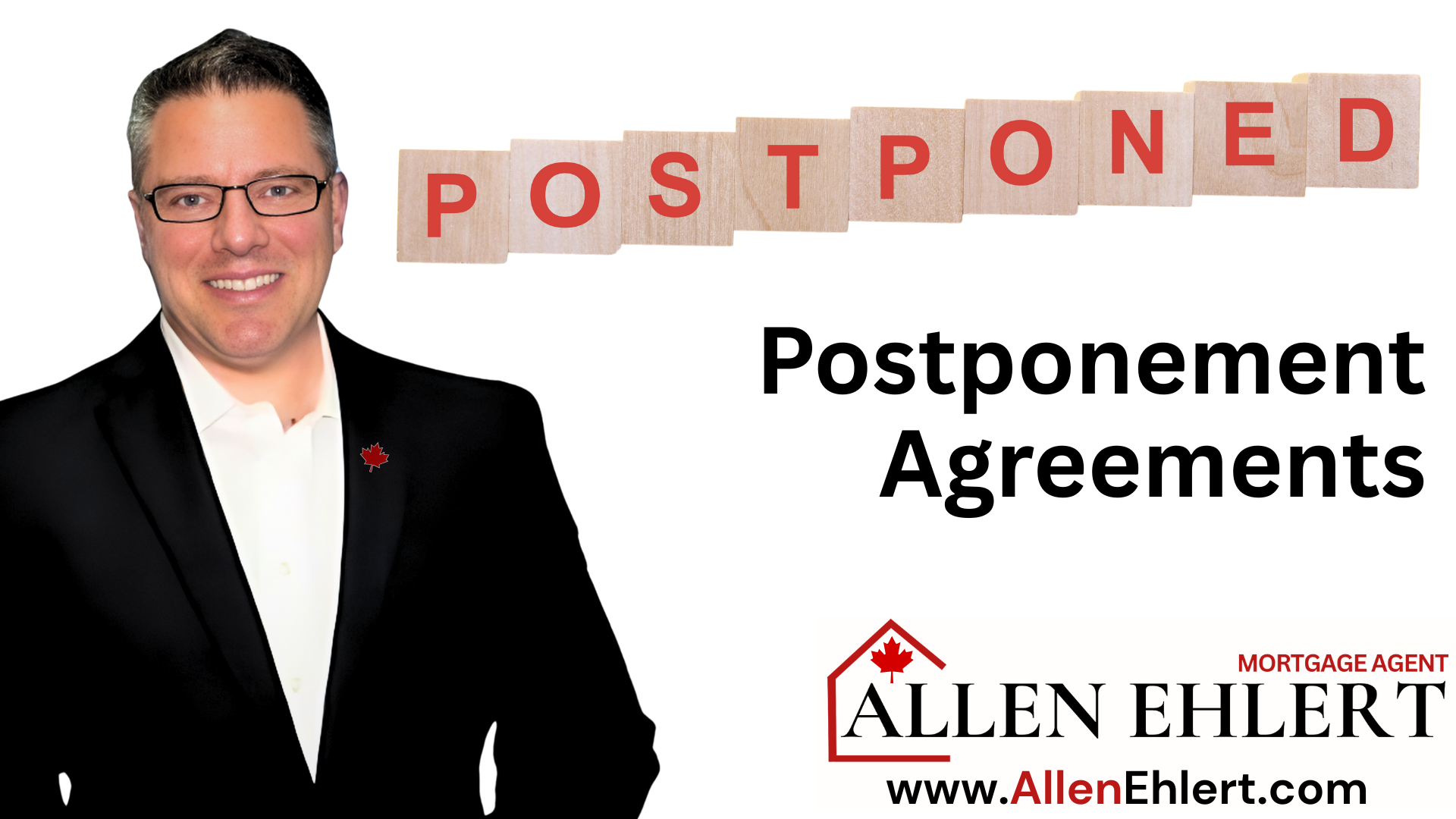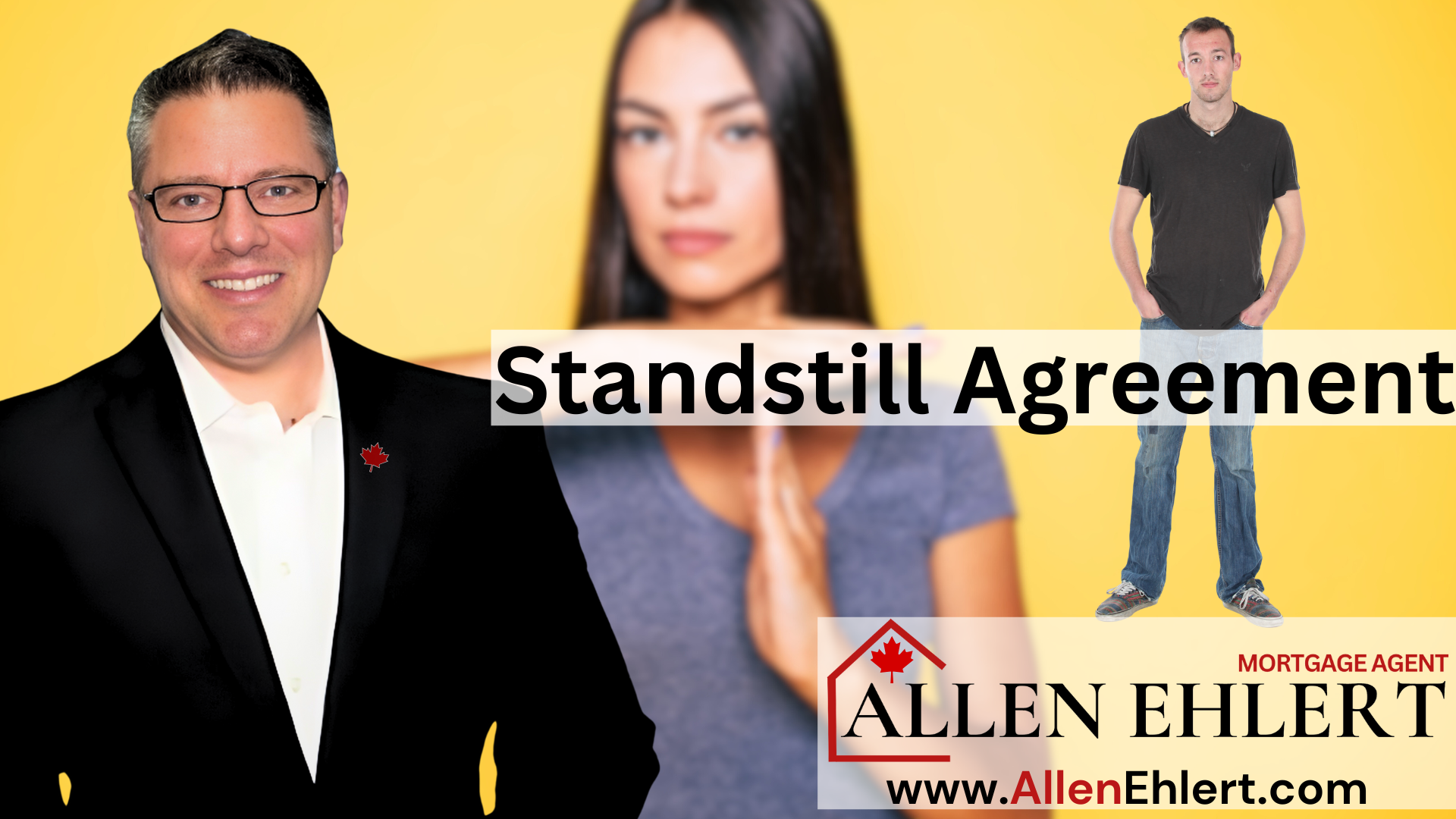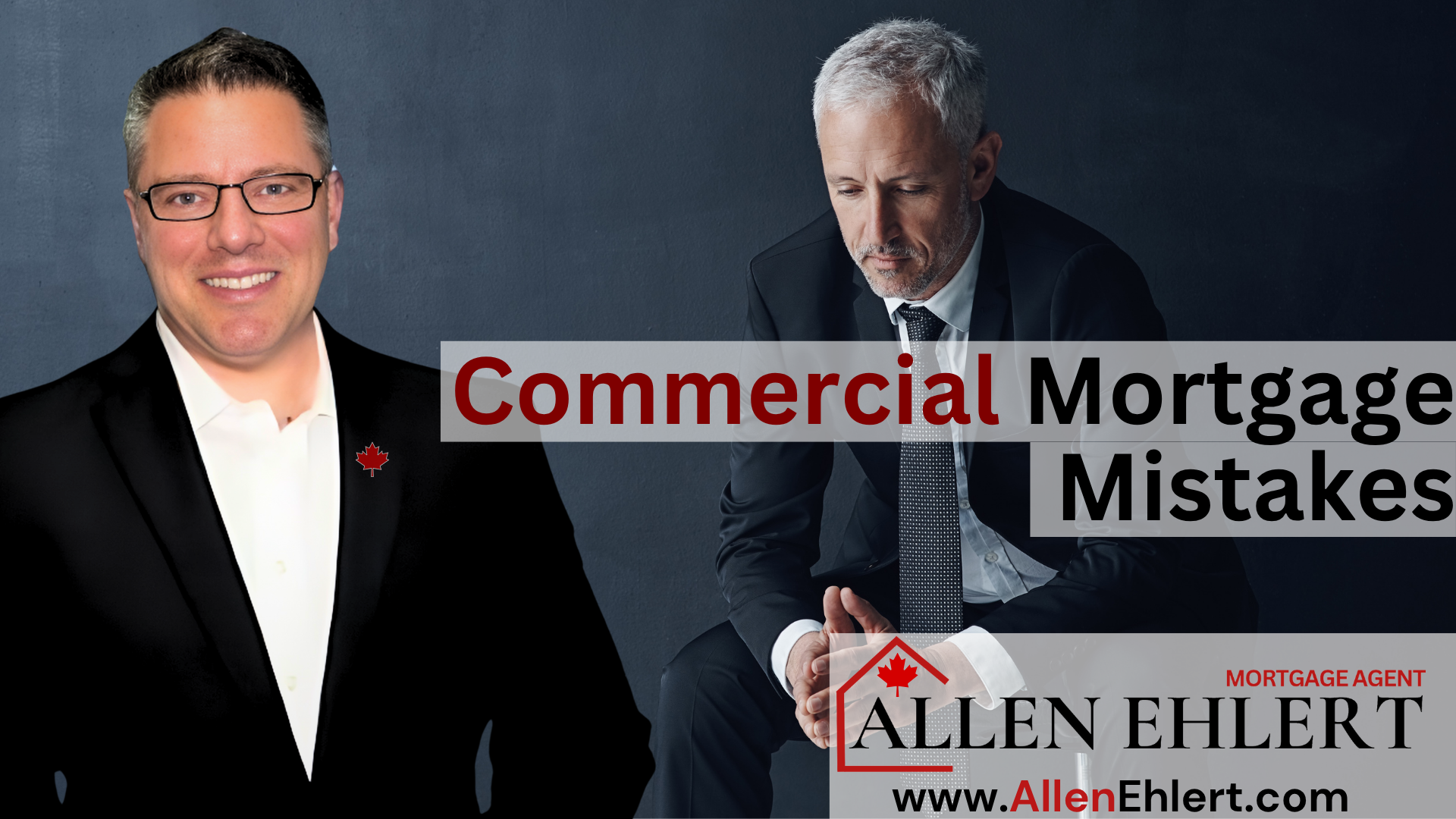… How Much Skin Do You Need in the Game? How Much You’re Borrowing Versus the Property’s Appraised Value — and Why It Matters
When you’re looking to buy a commercial property — whether it’s a retail plaza, industrial unit, office building, or a mixed-use space — one of the first things lenders want to know is how much skin you’ve got in the game. That’s where Loan-to-Value (LTV) comes in.
LTV isn’t just some boring banking ratio. It’s how lenders measure risk — and how they decide how much money they’re willing to put on the table. The lower your LTV, the less risk for them. The higher your LTV, the more they start shifting in their chairs. Understanding how this works puts you in the driver’s seat when it’s time to negotiate terms.
So, let’s break down how LTV really works in commercial mortgages, what lenders expect, and how to structure your financing like a pro.
What I’m Covering:
What is Loan-to-Value (LTV) in Commercial Lending?
Typical LTV Expectations for Different Property Types
Why Lenders Care So Much About LTV
How to Structure Your Financing for a Stronger LTV
How You Can Use This Knowledge to Your Advantage
What is Loan-to-Value (LTV) in Commercial Lending?
Loan-to-Value is exactly what it sounds like: the ratio of how much you’re borrowing compared to the appraised value of the property.
Here’s the basic formula:
Loan Amount ÷ Appraised Value = LTV
If you’re buying a building worth $2 million and the lender is giving you $1.4 million, your LTV is 70%.
The other 30%? That’s your down payment. That’s your skin in the game.
Lenders use this ratio to protect themselves. The lower the LTV, the more equity you’ve got invested, which means you’re less likely to walk away if things get tough.
Typical LTV Expectations for Different Property Types
Different properties carry different levels of risk in the eyes of lenders. Here’s a ballpark of what most lenders expect:
| Property Type | Typical Max LTV | Down Payment Requirement |
| Multi-Family (5+ Units) | 65% – 75% (CMHC can allow less) | 25% – 35% (or less with CMHC) |
| Office / Retail | 65% – 70% | 30% – 35% |
| Industrial / Warehouse | 65% – 75% | 25% – 35% |
| Specialty Assets (Hotels, Self-Storage) | 60% – 65% | 35% – 40% |
The more specialized or riskier the property, the more cash lenders want you to bring to the table.
Why Lenders Care So Much About LTV
For lenders, LTV is all about protection. If property values drop, or if your business runs into trouble, their risk is tied to how much equity you’ve already put in.
Here’s how they think about it:
- Lower LTV = Less risk for them, better terms for you.
- Higher LTV = More risk for them, tougher terms for you.
Lenders want a cushion between your loan amount and the property’s value. That way, if they ever had to sell the property to recover their money, there’s enough room to make them whole.
How to Structure Your Financing for a Stronger LTV
If you want to maximize your financing and negotiate better terms, here’s how to make your deal look more attractive:
Increase Your Down Payment
It’s the simplest lever to pull. The more you put down, the less you borrow, and the lower your LTV.
Improve Property Performance
Higher NOI supports higher valuations, which improves your LTV without you having to bring more cash.
Negotiate Financing Terms Wisely
Some lenders offer flexibility — blended loans, second positions, or even mezzanine financing — but it comes at a price. Know when it’s worth it.
Consider CMHC Insurance (Multi-Family Only)
For residential rentals (5+ units), CMHC-insured financing can push LTV higher with lower down payments and better rates.
How You Can Use This Knowledge to Your Advantage
Let’s say you’re buying a $3 million retail plaza.
- Lender wants 70% LTV — so you’ll need $900,000 down.
- Can’t come up with that much? You might:
- Bring in a partner
- Refinance another property to free up capital
- Negotiate with the seller for a small VTB to reduce your cash outlay
Or you’re buying a multi-family building with CMHC insurance in play:
- You could secure financing with as little as 15% down.
- That frees up capital for renovations or another acquisition.
The point is, knowing the LTV landscape helps you plan your capital strategy smarter.
Allen’s Final Thoughts
Loan-to-Value isn’t just some stuffy banker term — it’s the backbone of your commercial mortgage approval. The lower your LTV, the better your terms, the easier your approval, and the more flexibility you have long-term.
The higher your LTV, the more cautious lenders become, and the more hoops you’ll have to jump through.
Understanding this upfront puts you in control — of your financing, your capital planning, and your long-term investment strategy.
And that’s exactly where I come in.
How I Can Help
As your mortgage agent, I help you navigate the nuances of LTV and structure your financing so you’re putting your best foot forward. I’ll help you:
- Analyze your deal upfront to understand LTV requirements
- Find lenders who align with your goals and property type
- Structure financing to optimize your cash flow and capital deployment
- Negotiate terms that work for today — and tomorrow
- Package your deal professionally to make lenders say yes
Whether you’re buying, refinancing, or expanding your portfolio, I’m here to help you make smart, strategic moves — with confidence and clarity.
Let’s chat about how to get your next commercial deal done, the right way.




